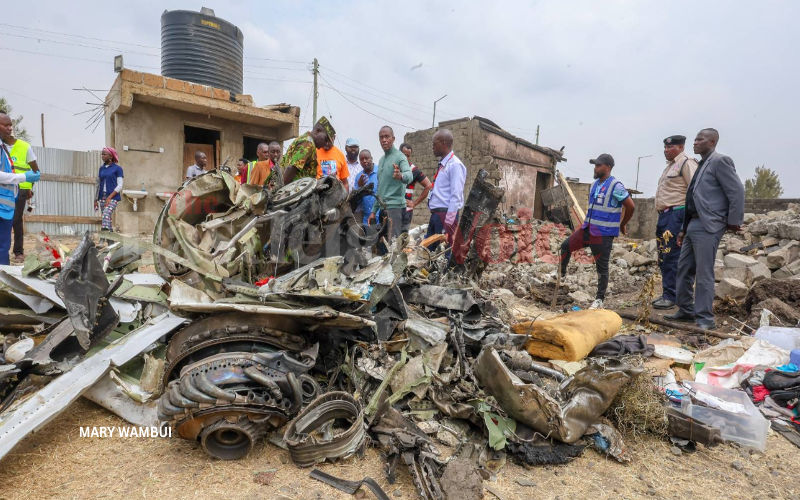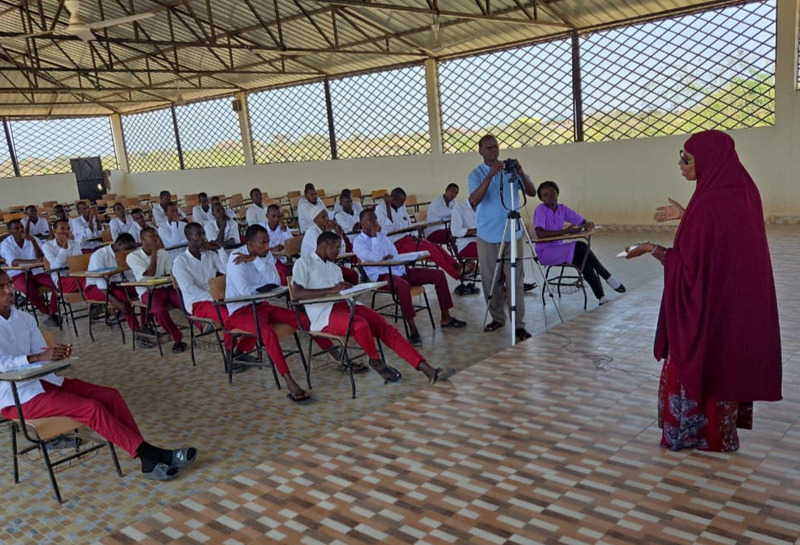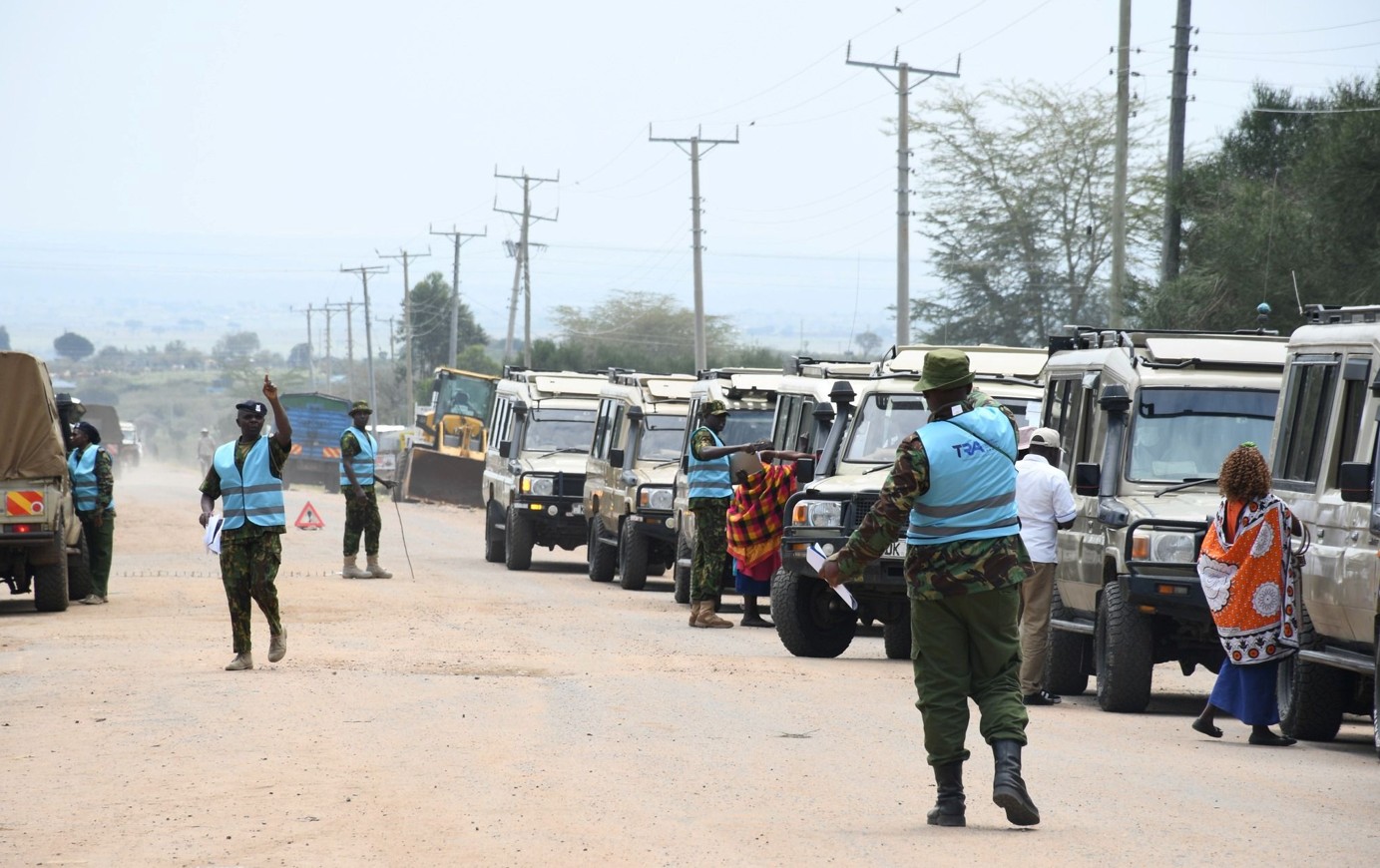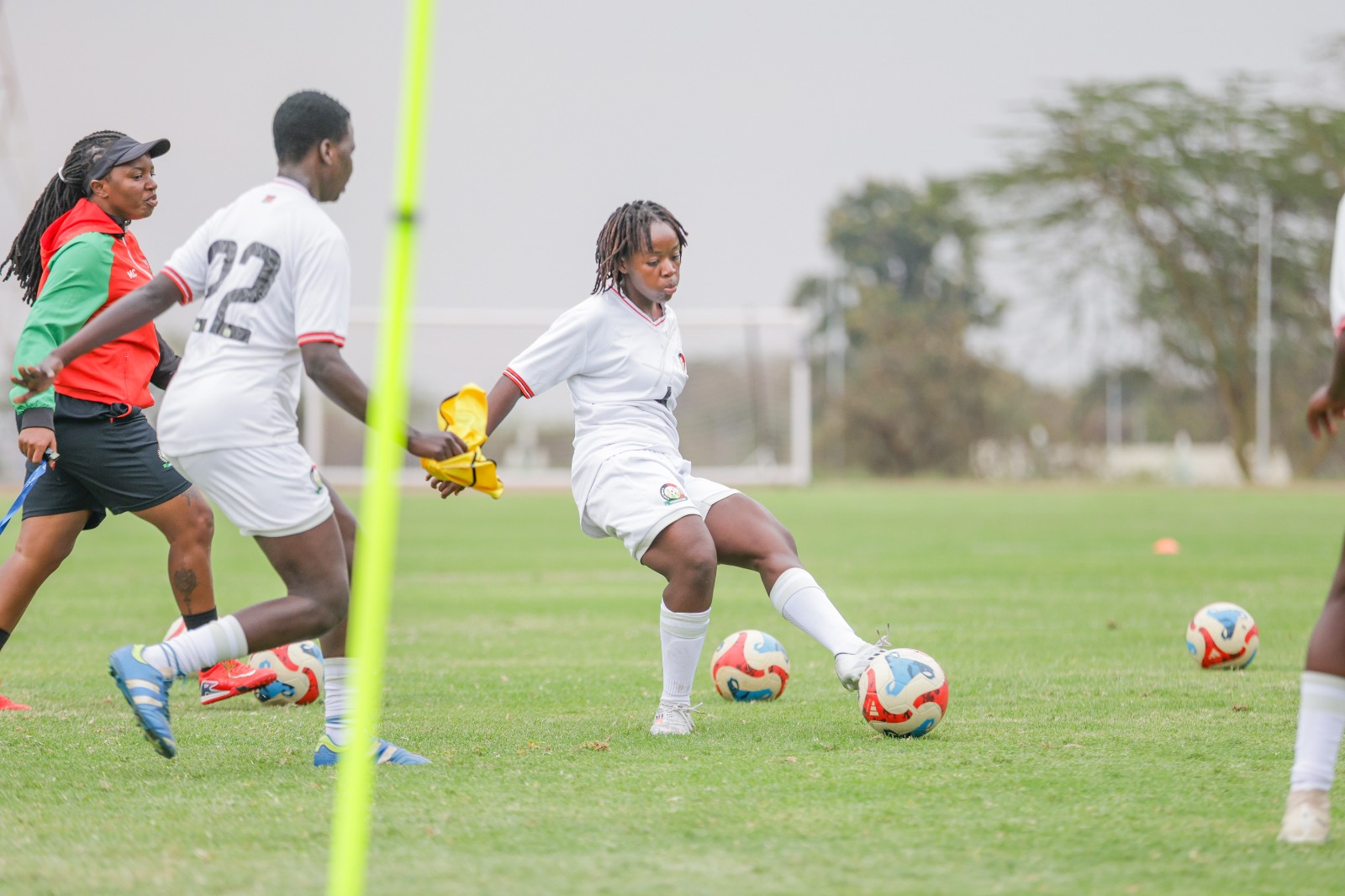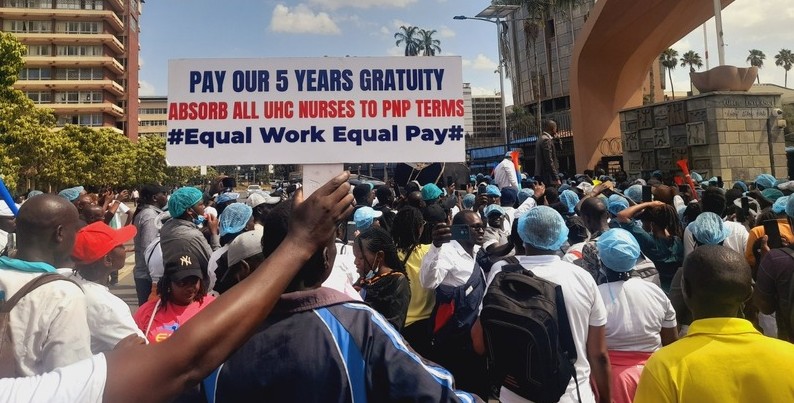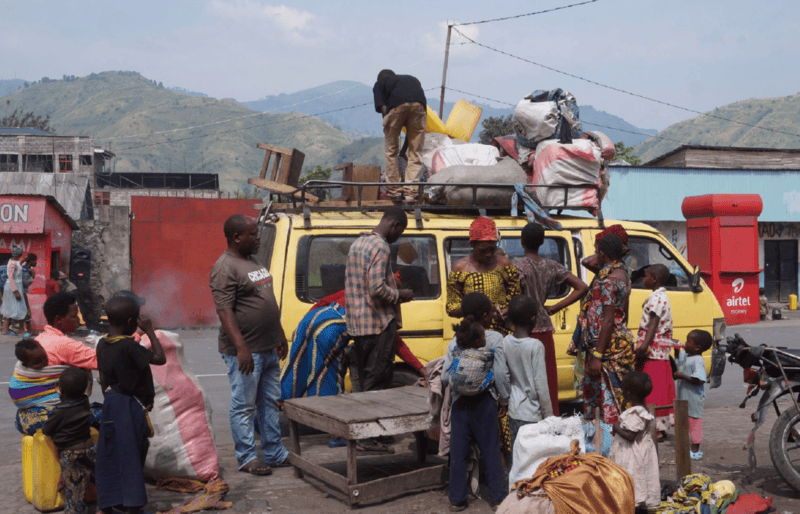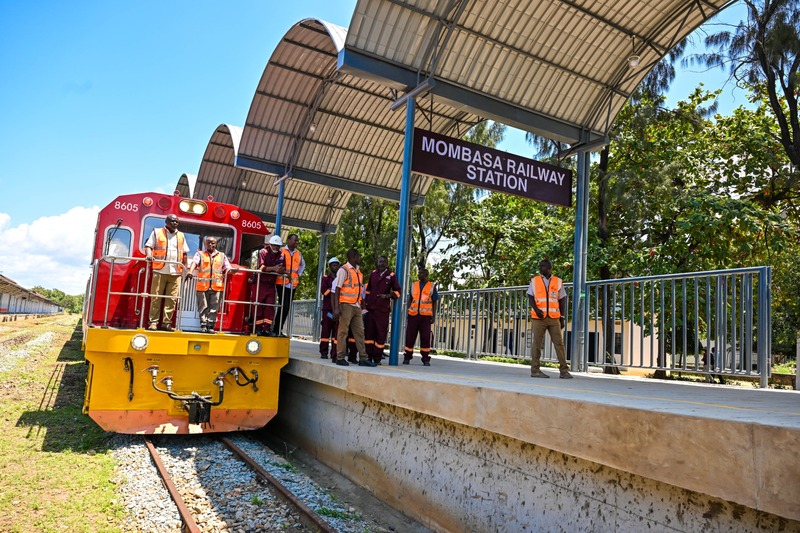Mandera leads with highest number of children out of school

Mandera has a prevalence rate of 27.2 per cent compared to Nyamira (2.9), Kisii( 3.7), Kiambu (4.1) and Kisumu (4.5) which have the lowest number of children who are of school.
6Mandera County leads with the largest percentage of out-of-school children.
The percentage of school-aged children, aged four to fifteen (15) years, who are out of school is thrice the national average. The national overage is when out of the 100 children, nine are out of school.
More To Read
The findings are contained in the Foundational Literacy and Numeracy Assessment (FLANA) report 2023, launched on Thursday by the Usawa Agenda at the Kenya Institute of Curriculum Development (KICD) in Nairobi.
According to the report, Mandera has a prevalence rate of 27.2 per cent compared to Nyamira (2.9), Kisii( 3.7), Kiambu (4.1) and Kisumu (4.5) which have the lowest number of children who are of school.
Aside from Mandera, seven other counties particularly in Arid and Semi-arid lands (ASALs) recorded high percentages of children out of school.
They include; Marsabit (24.9 per cent), Turkana (22.6 per cent), Samburu (21.7), West Pokot (20.7), Tana River (19.6), Wajir (19.0) and Isiolo (12.4).
The same seven counties also had the highest percentages of children who have never been enrolled in school.
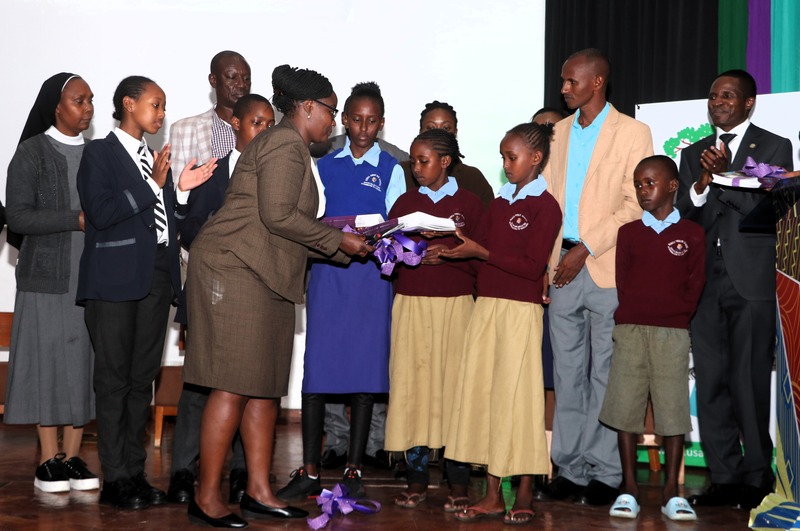 A representative from the Education Ministry Rose Ndegwa with pupils of Bubisa Primary School from Marsabit County when they launched the Foundation Literacy and Numeracy Assessment (FLANA) report at Kenya Institute of Curriculum Development on February 29, 2024. (Photo: Justine Ondieki).
A representative from the Education Ministry Rose Ndegwa with pupils of Bubisa Primary School from Marsabit County when they launched the Foundation Literacy and Numeracy Assessment (FLANA) report at Kenya Institute of Curriculum Development on February 29, 2024. (Photo: Justine Ondieki).
The report further reveals that six in 10 children aged four to five in Mandera are out of school.
School-aged children below the age of five in Mandera are more than 20 times more likely to be out of school compared to their counterparts in Nyandarua County which has the least number of children out of school.
School fees burden
Speaking at the event, USAWA Agenda Executive Director Emmanuel Manyasa said most respondents cited lack of school fees as one of the major reasons for not being in school.
38.9 per cent of parents in rural areas said they didn’t have funds to take their children to school while 33.3 per cent in urban areas cited the same.
In overall, 36.7 per cent of the parents noted a challenge in paying school fees.
“That should worry us because the government is working to get every child in school yet we see that trend reversing,” Manyasa said.
“Concerted efforts have been mounted in the past that got us to the point where in 2021 after Covid-19 resulted in school closures, only 7.5 per cent of school-aged children were out of school. This number has increased in 2023 to 8.5.”
 Kenya Institute of Curriculum Development on February 29, 2024. (Photo: Justine Ondieki).
Kenya Institute of Curriculum Development on February 29, 2024. (Photo: Justine Ondieki).
The 2023 FLANA assessment was conducted in June and July 2023 on 38,634 households across 47 counties.
Manyasa said they centred on 59,201 children and assessed 39,298 of them, who met the criteria age bracket of 6-15 years.
He said the findings of the assessments revealed that learning outcomes were not only low but were also inequitably distributed.
“The shades of inequality glared through the lens of disability, geographical placement pitting rural to urban areas, gender, low against the high-income households, the dichotomy of private versus public primary schools and variations across the counties. Indeed, the picture of inequality in learning outcomes could perhaps be considered as one of the greatest unintended challenges to universalizing basic education," Manyasa added.
Top Stories Today




